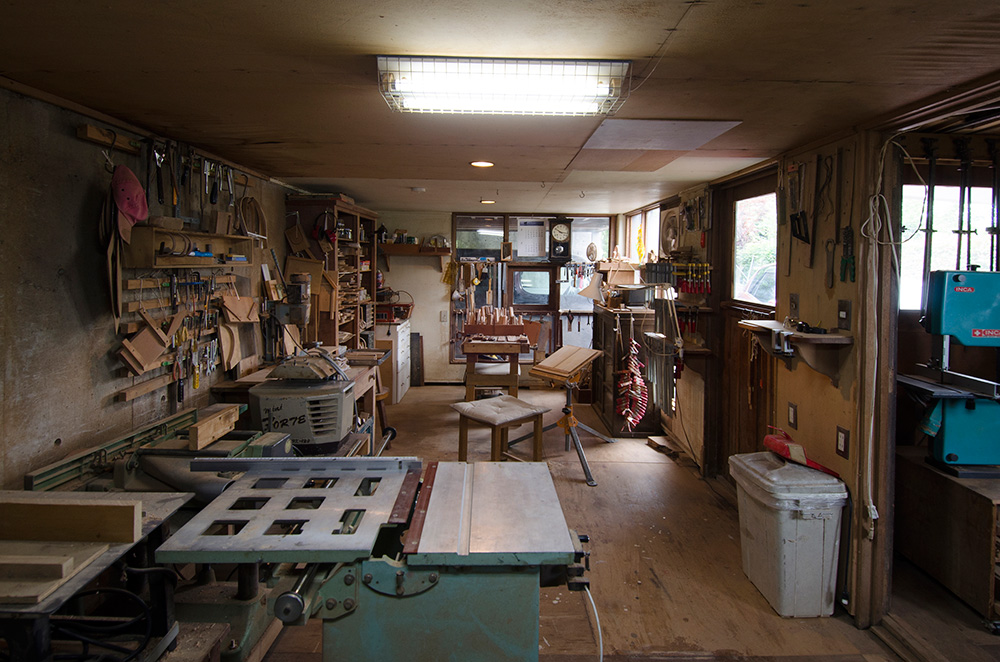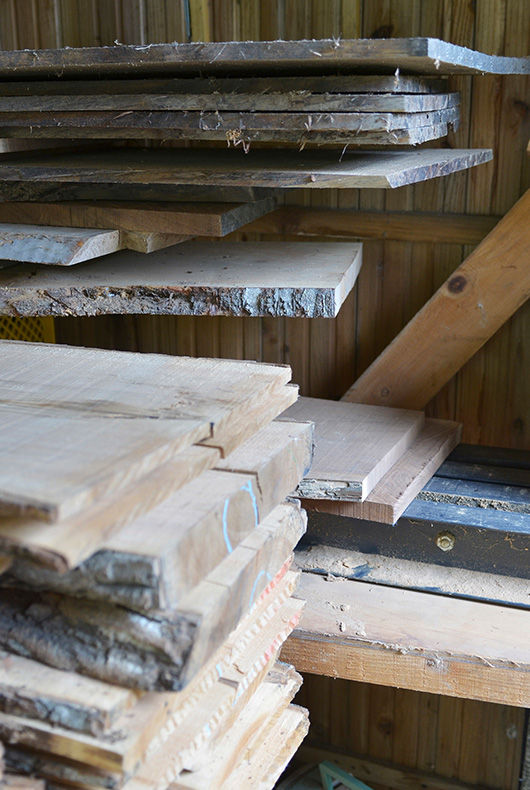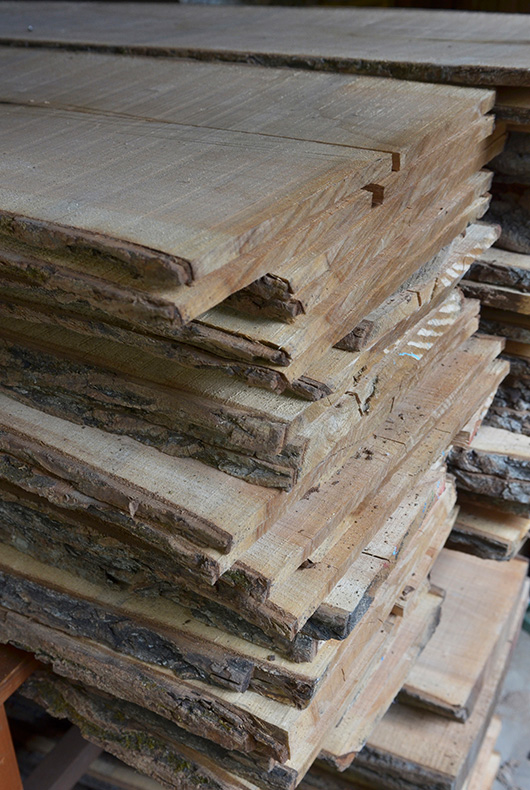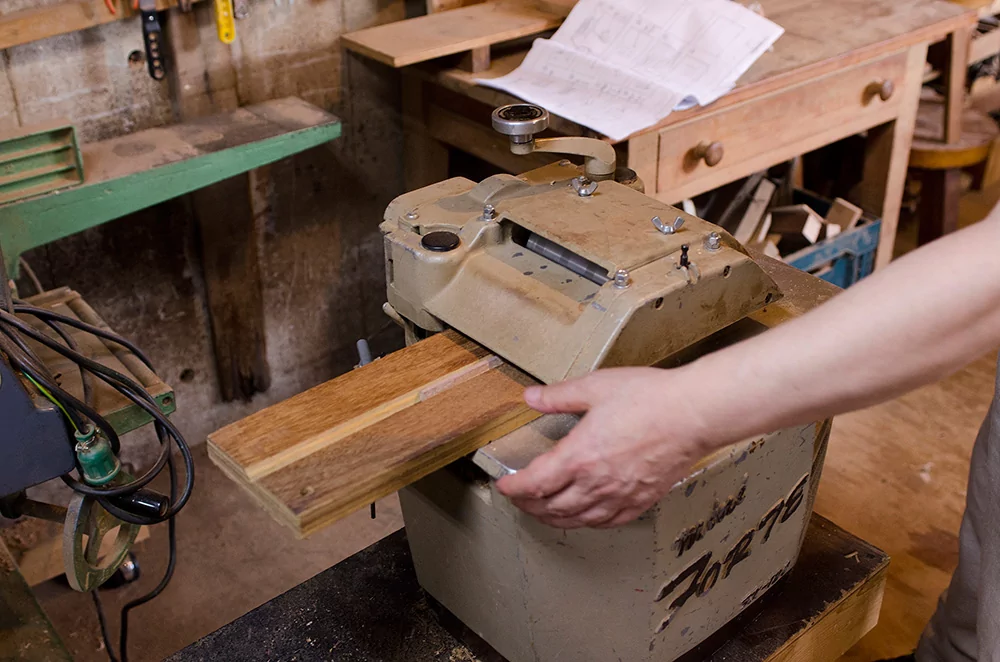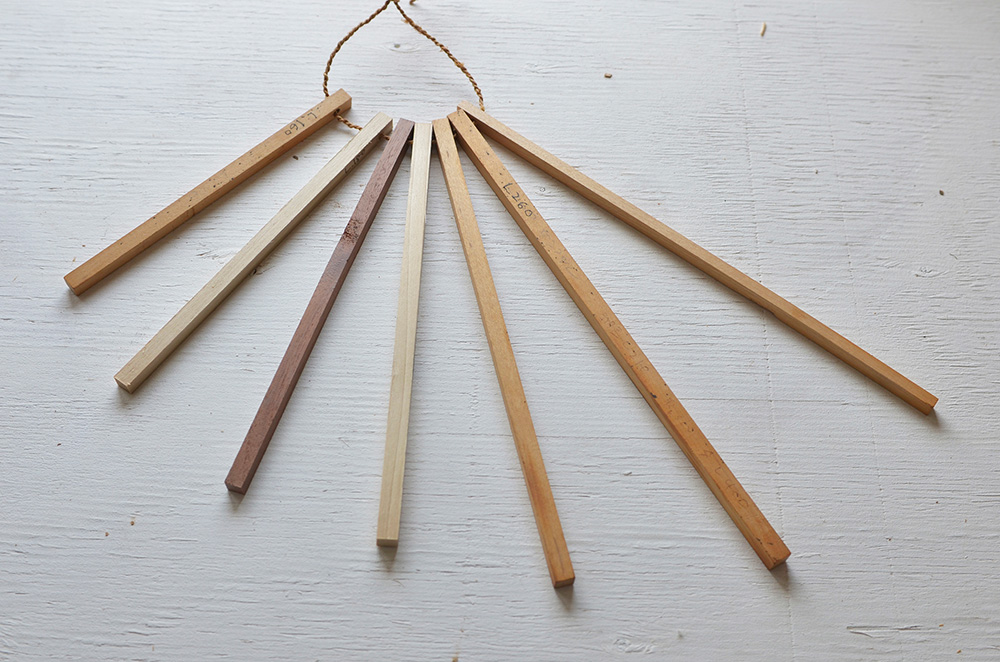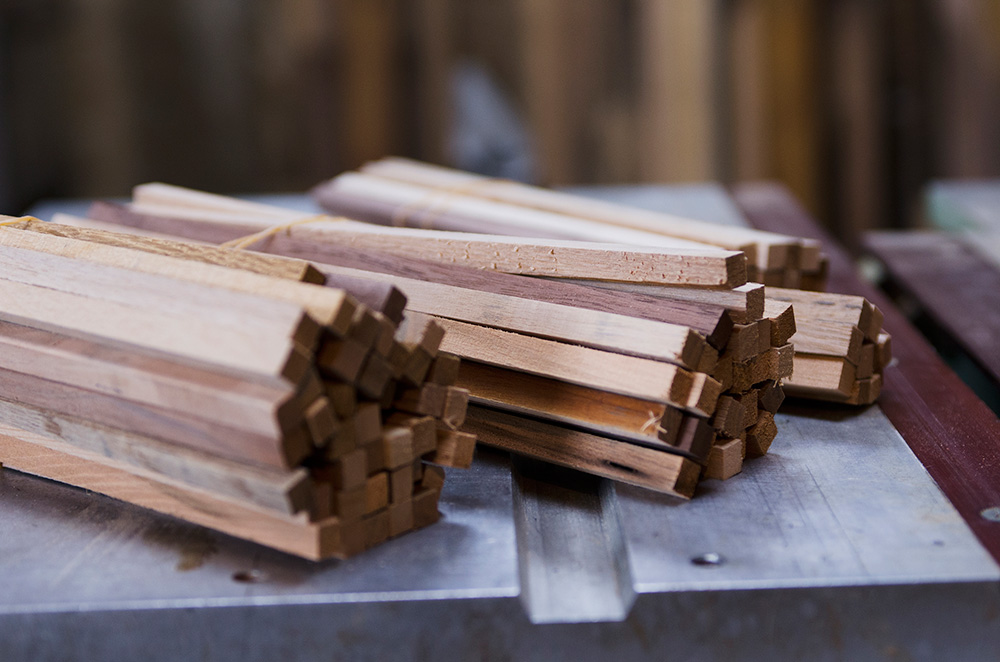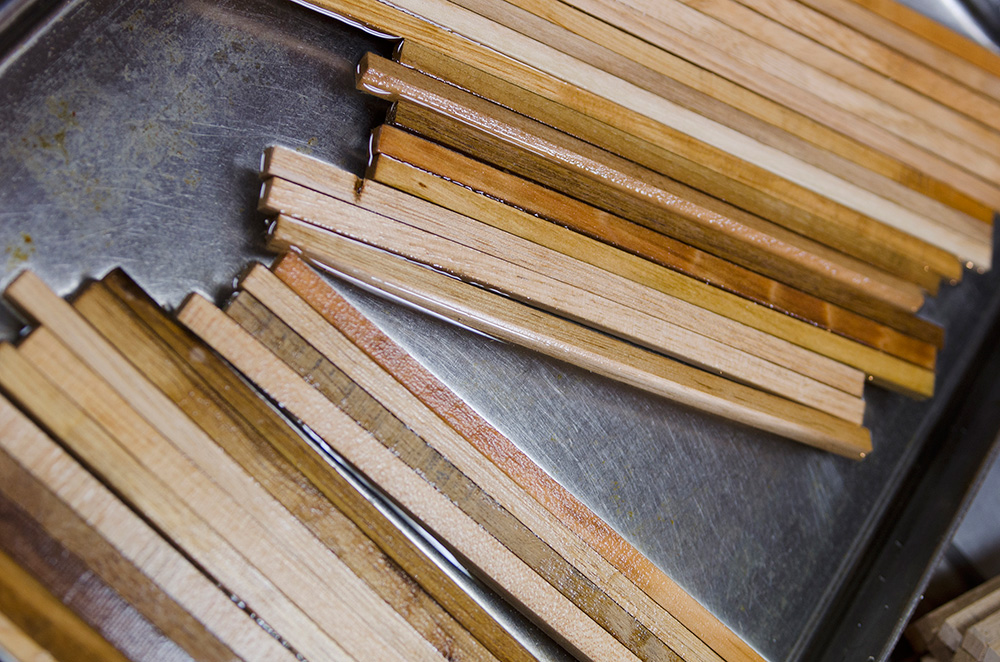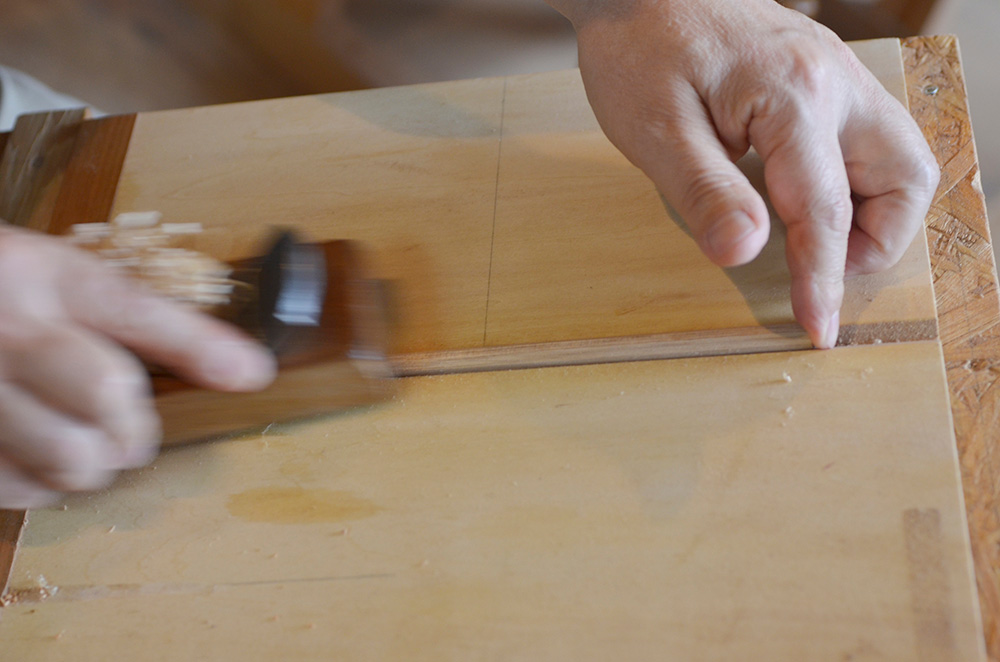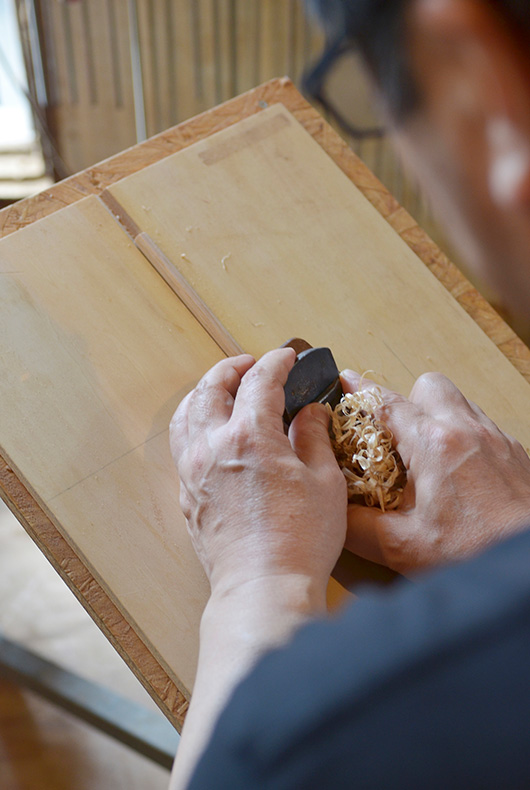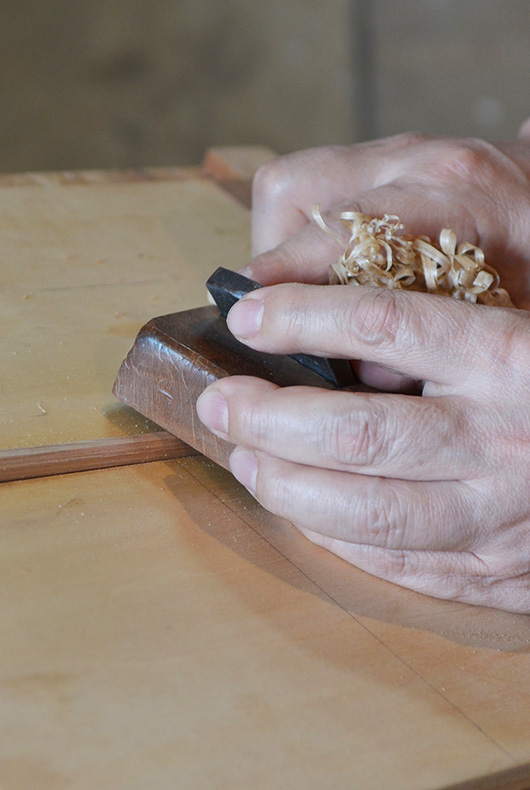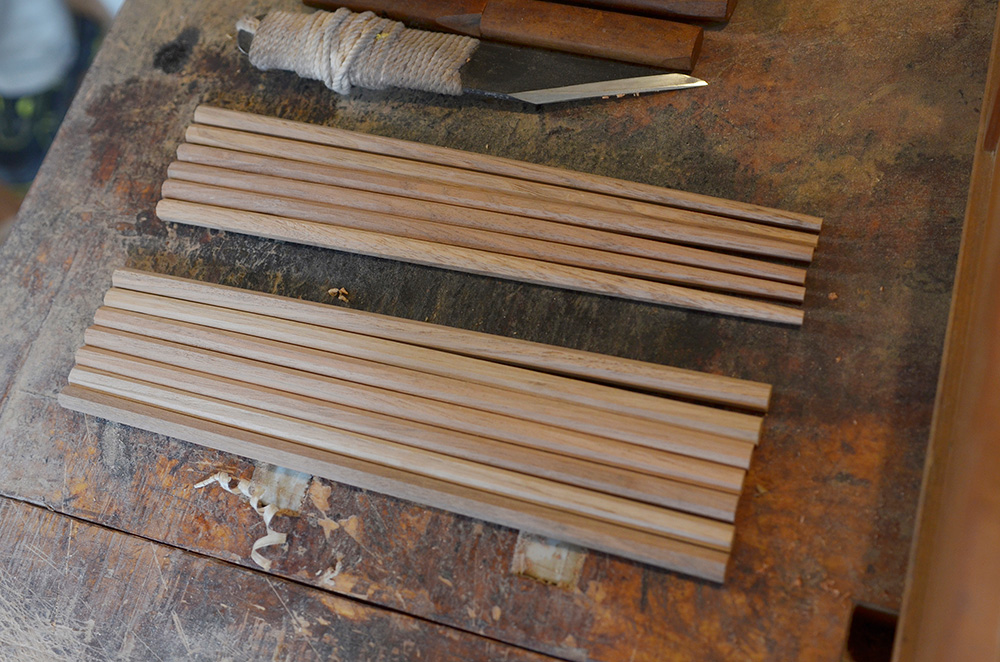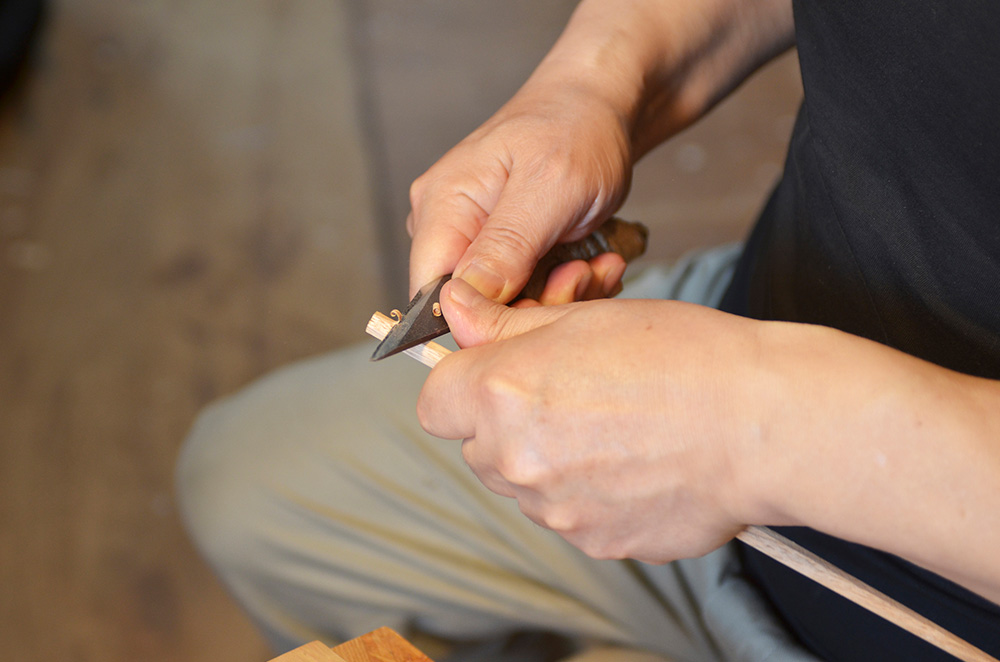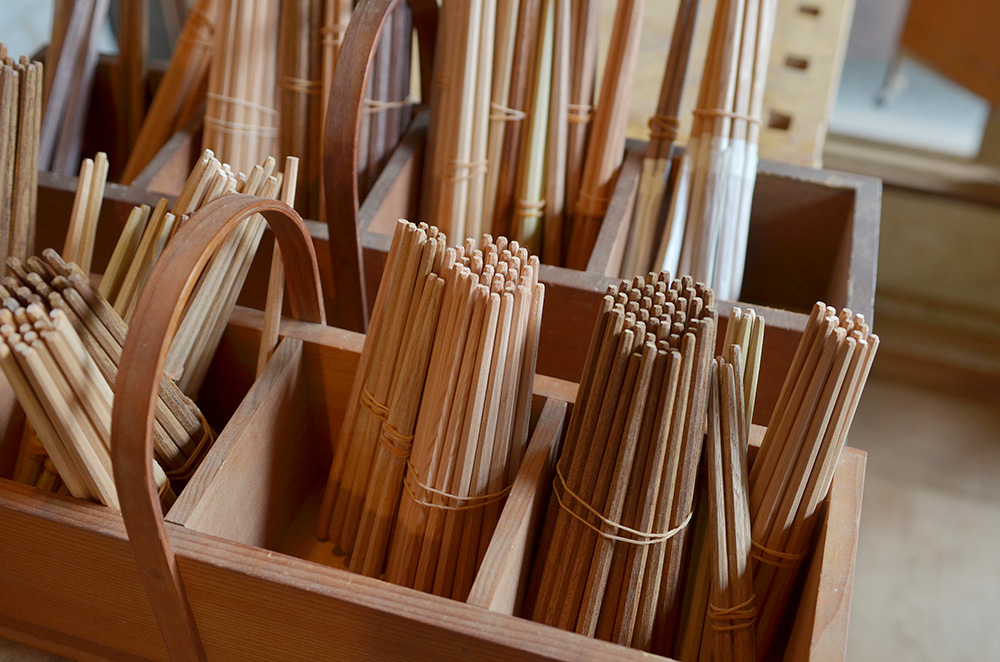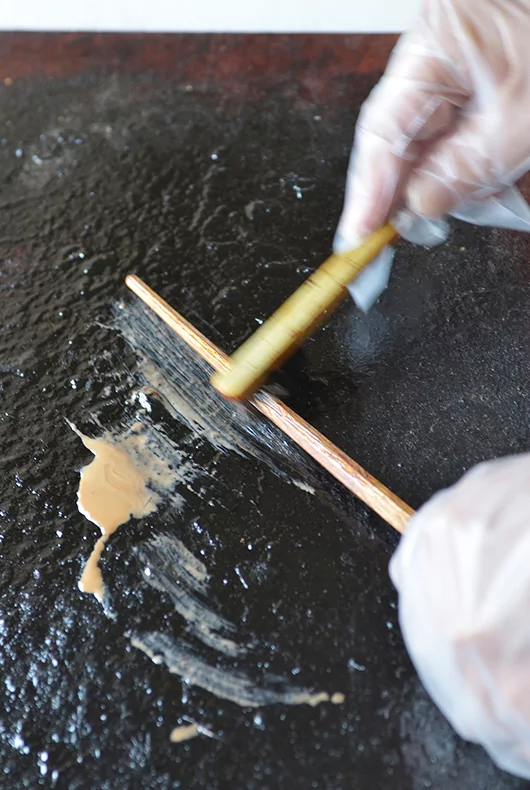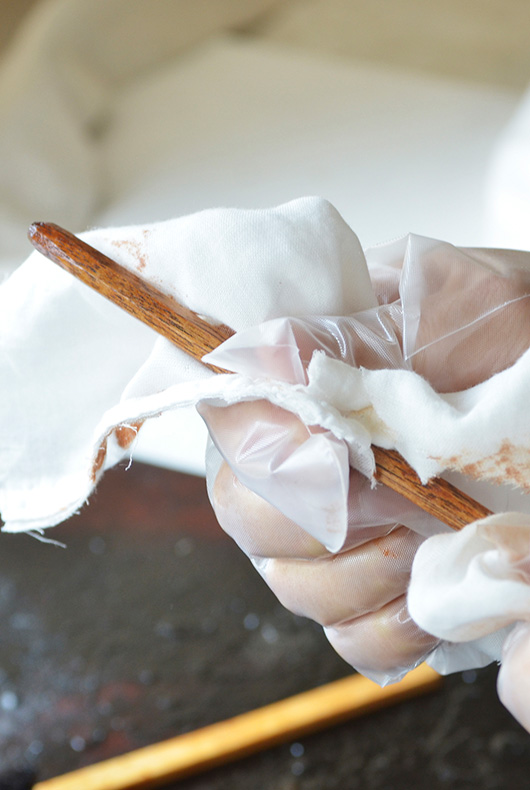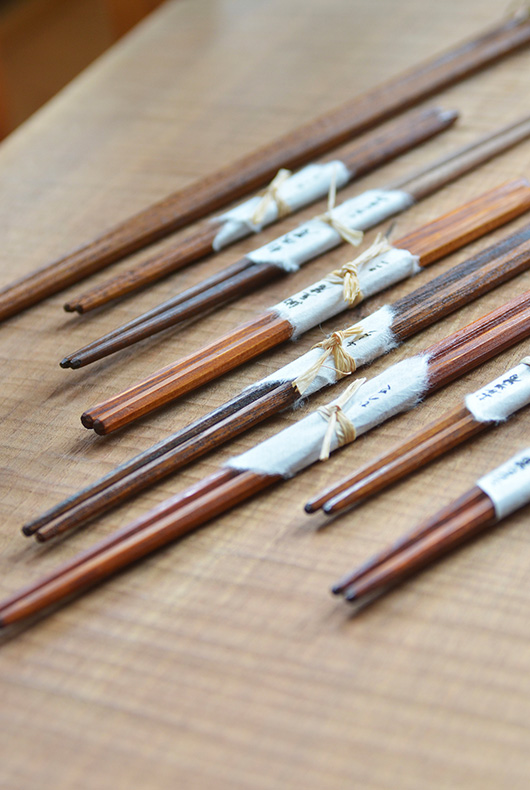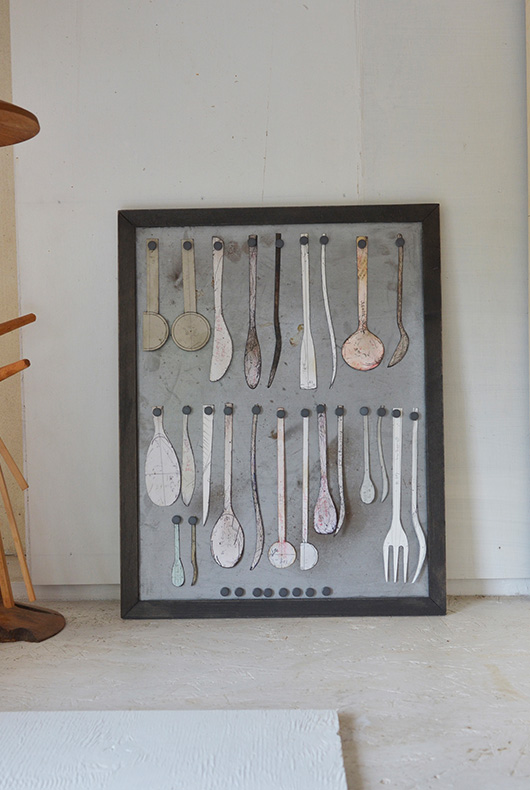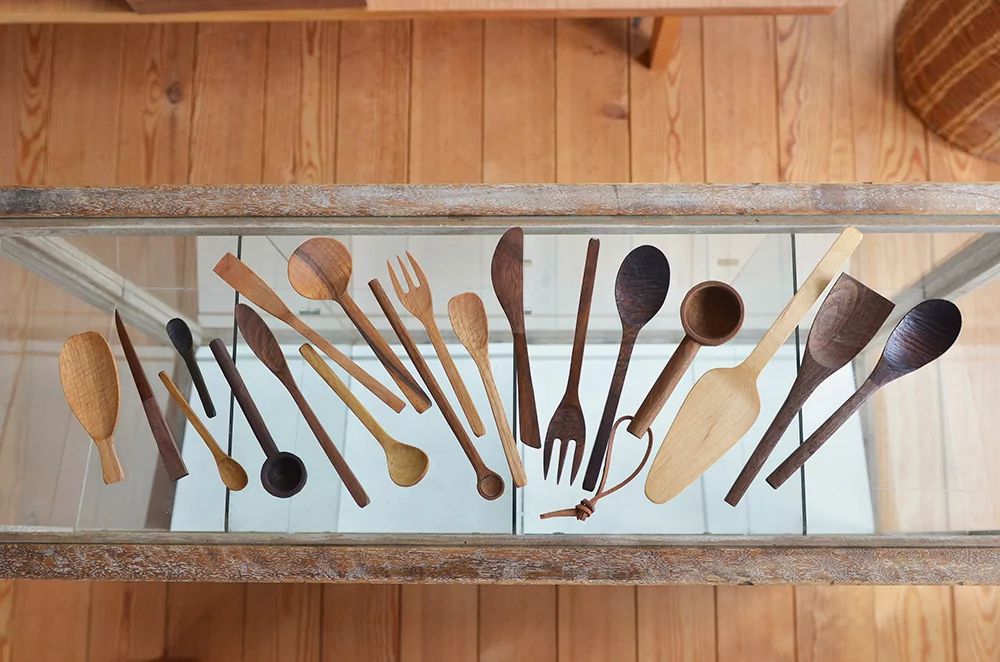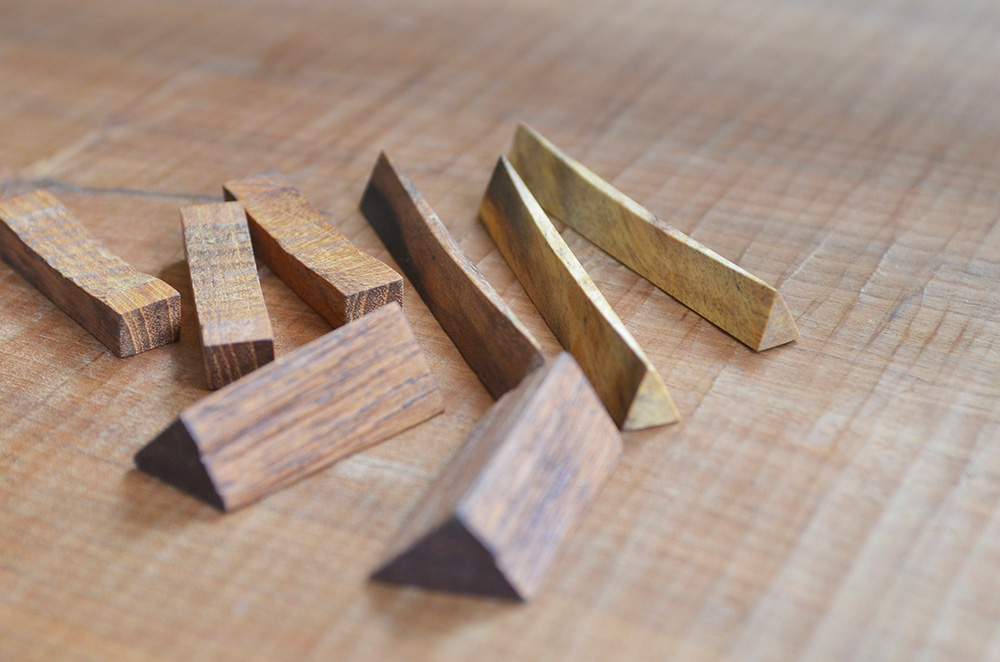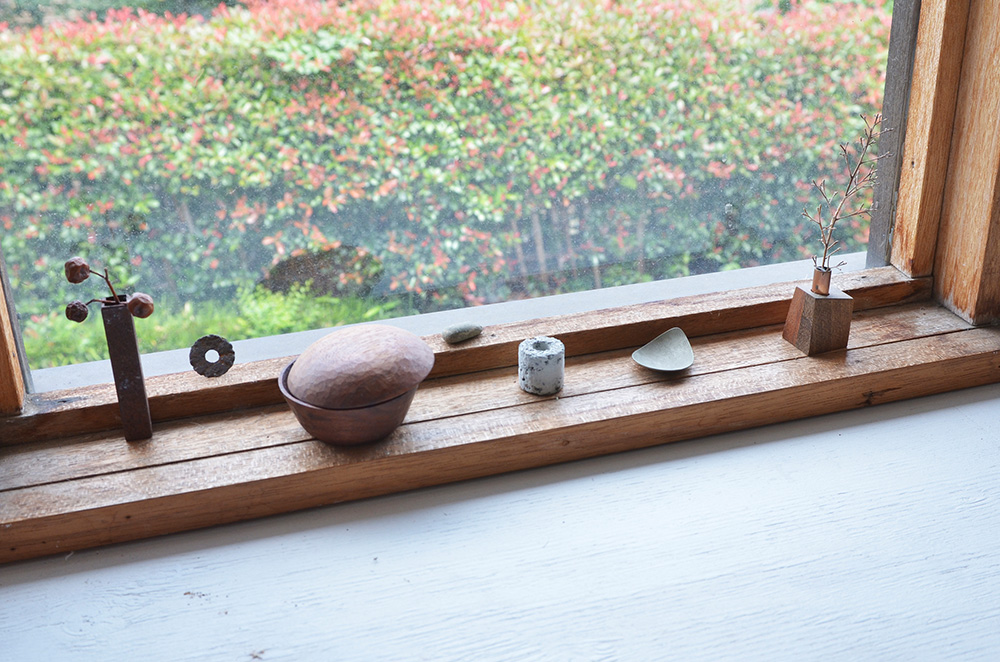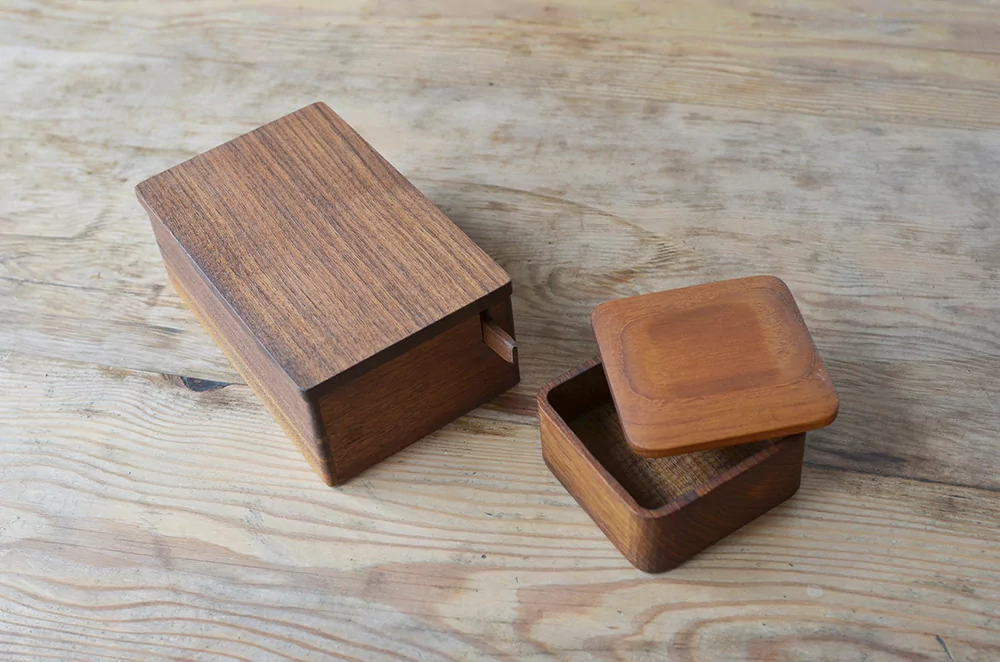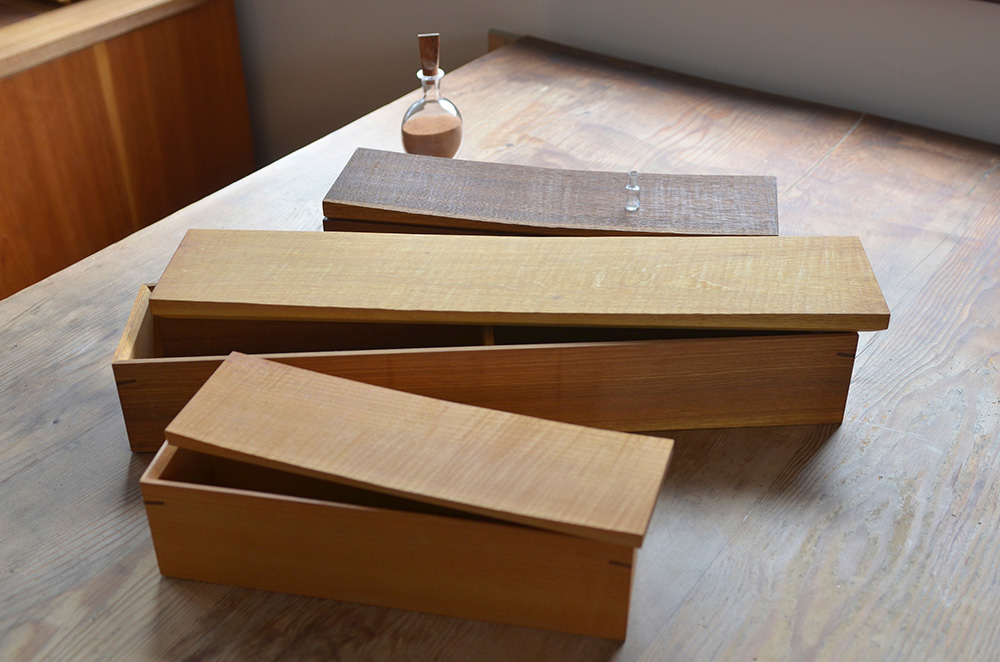Inside the Workshop of Japanese Woodworker Eiji Hagiwara
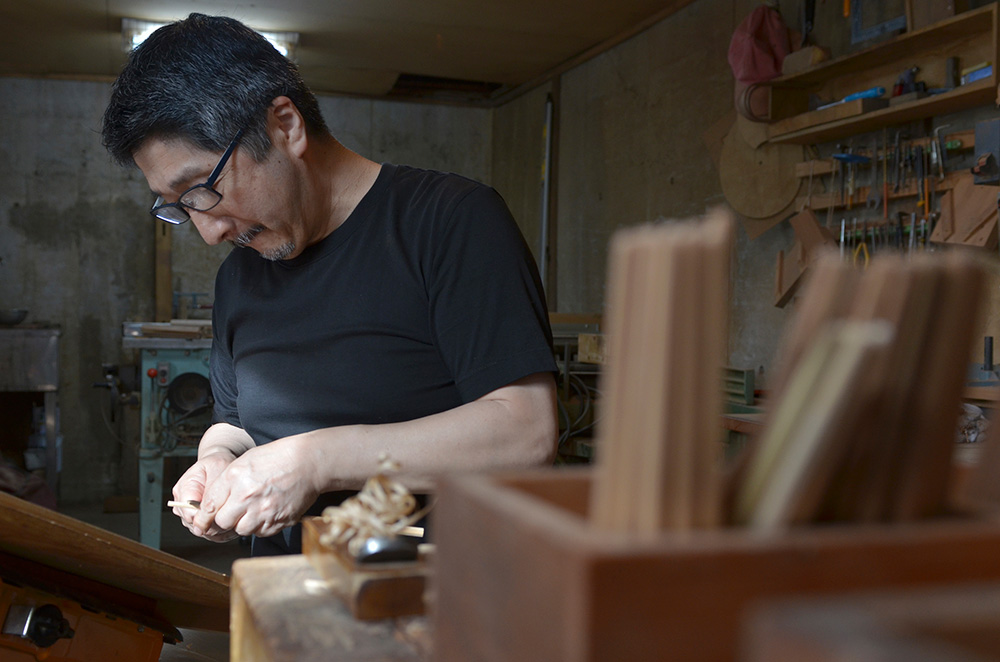
ABOUT EIJI HAGIWARA
Born in Tokyo, Eiji Hagiwara now works out of his studio in Sayama, Saitama Prefecture.
Although he produces small pieces of furniture at his studio, he also has a great eye for crafting tableware, such as chopsticks, spoons, dishes, and bud vases. These are all made from hardwoods, such as walnut, teak, persimmon, cherry, and chestnut.
His goal is to utilise the nature of the tree to the best of his ability, following the grain of the wood and making sure they fit organically in the users hands.
Photography: Sukeyasu Yamaguchi
DID YOU KNOW
INTRODUCTION
I’m a great believer in showing the difference between each maker in the shop. Not only how they go about making their work, but also aesthetically and the different characteristics that they carry across from object to object. One who has a particularly strong theme running throughout his collection is Japanese woodworker Eiji Hagiwara.
Eiji has a fairly rustic style, which is defined by the thickness of the wood and original graining in which he likes to incorporate in to the finished pieces. This could be texture in the wood, or even beautiful and natural contrasting colours. Although rustic, I personally think he has found the perfect balance between function and form.
It’s no surprise then that he’s inspired by the simple work of the Shakers, in which he encountered whilst travelling in the United States. The Shakers produced furniture and objects from wood that were purely functional in form and proportion. Thanks partly to design, and their inherent lack of ornamentation, with training and skill the minimalist designs were fast and easy to produce. So, this shaker design philosophy, “to be necessary and useful”, is very fitting in regards to Eiji’s work.
Here is a great selection of imagery from inside his studio in Sayama. Here he is making a selection of chopsticks by hand, these photos follow the process from start to finish. Works by Eiji Hagiwara can be found on our shop. Enjoy.
